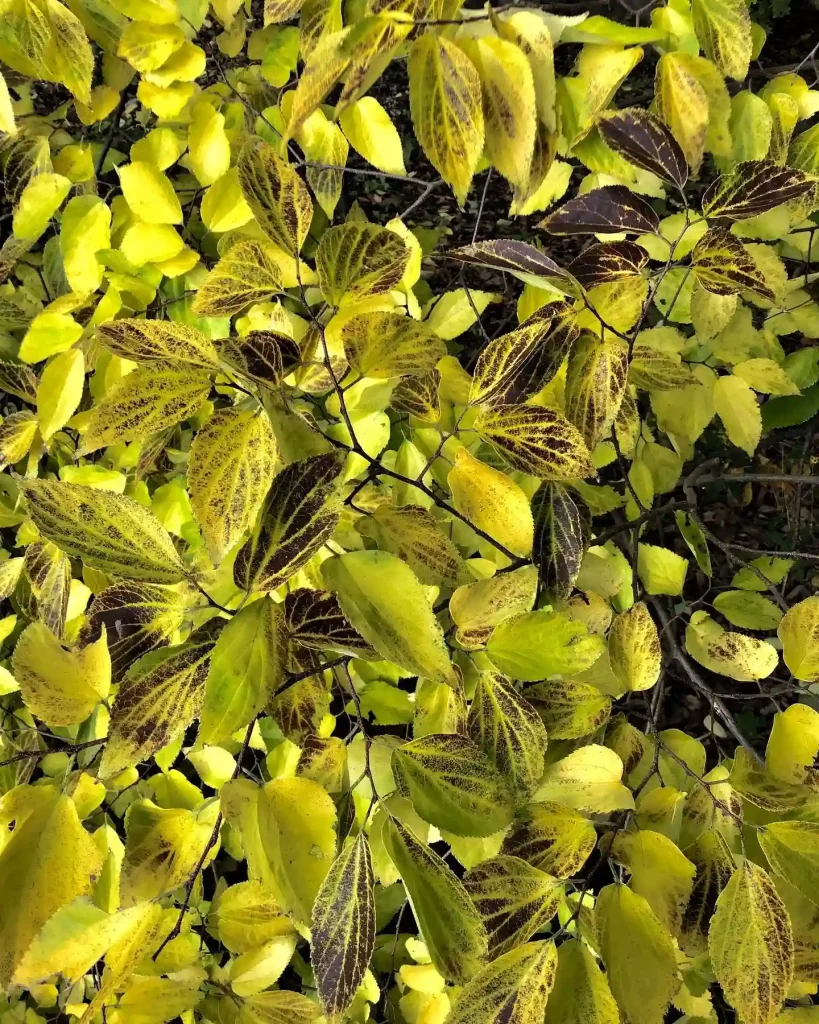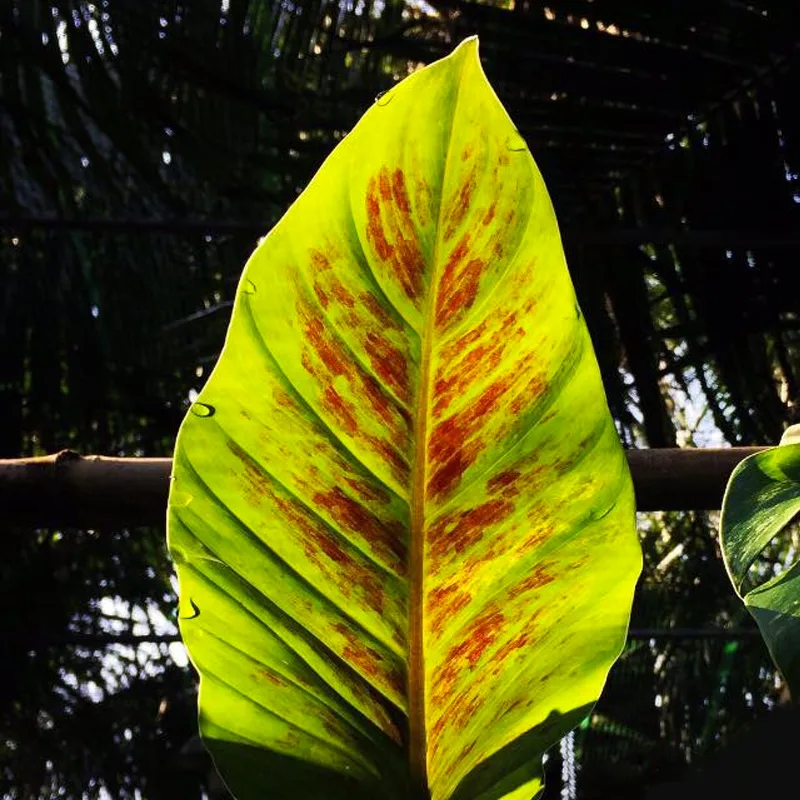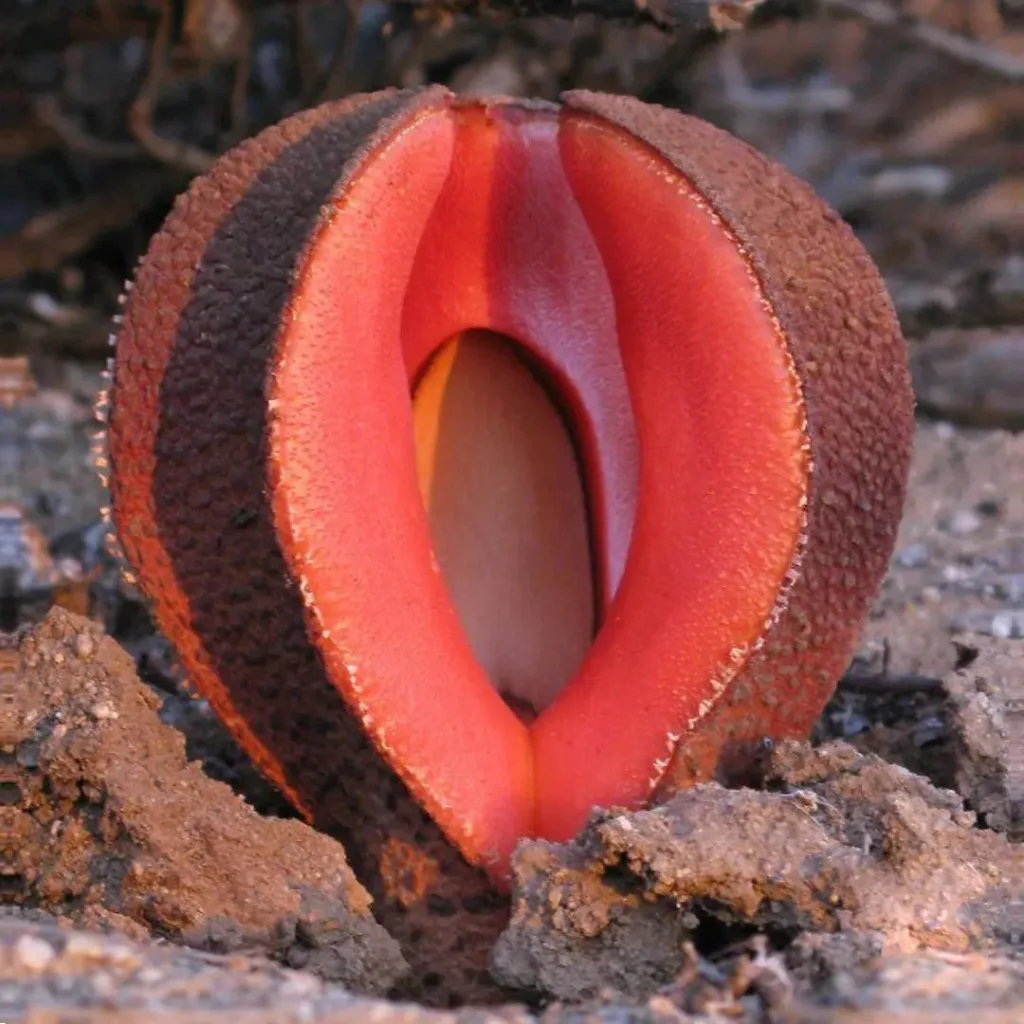All About Sceptridium Dissectum: Frequently Asked Questions
Hello, fellow plant enthusiasts! I’m Ferb Vu, and today, we’re diving deep into the fascinating world of Sceptridium Dissectum. This unique fern, also known as the Strap Fern or Bird’s Nest Fern, has captured the hearts of many with its architectural form and captivating beauty.
Whether you’re a seasoned plant collector or a curious beginner, this FAQ will equip you with all the essential knowledge to cultivate and appreciate Sceptridium Dissectum.
What is Sceptridium Dissectum?
Sceptridium Dissectum is an evergreen fern native to the forests of Southeast Asia. It boasts a captivating structure, featuring two distinct fronds emerging from a single crown:
- Sterile Frond: This broad, heart-shaped frond forms the base of the plant and resembles a nesting cup, hence the nickname “Bird’s Nest Fern.”
- Fertile Frond: Rising from the center, this upright frond is much narrower and pinnately dissected, meaning it’s divided into numerous narrow segments. Spores, responsible for reproduction, develop on the underside of this frond.
Sceptridium Dissectum thrives in moderate to low light conditions and prefers consistently moist but well-draining soil. It’s a relatively slow grower but can reach a mature height of around 12 to 18 inches.
Sceptridium Dissectum vs. Staghorn Fern (Platycerium Bifurcatum): Lookalikes, But Not Identical
Sceptridium Dissectum is often confused with its close relative, the Staghorn Fern (Platycerium Bifurcatum). Both share a similar architectural form with two distinct fronds. However, there are key differences to keep in mind:
- Frond Shape: Sceptridium Dissectum’s sterile frond is broader and heart-shaped, while the Staghorn Fern’s is more shield-shaped and lobed.
- Spore Production: Sceptridium Dissectum produces spores on the fertile frond, whereas Staghorn Ferns have specialized fertile fronds that are round and covered in spores.
- Light Requirements: Sceptridium Dissectum prefers lower light, while Staghorn Ferns can tolerate brighter, indirect light.
How to care for Bird’s Nest Fern?
Here’s how to ensure your Sceptridium Dissectum flourishes:
- Light: Provide moderate to low indirect light. Avoid harsh, direct sunlight.
- Watering: Water deeply when the top inch of soil feels dry to the touch. Allow for excess water to drain freely. Avoid waterlogging.
- Humidity: Sceptridium Dissectum thrives in moderate to high humidity levels. Misting regularly or using a pebble tray filled with water can help maintain humidity.
- Soil: Opt for a well-draining, airy potting mix specifically formulated for epiphytes (plants that grow on other plants) or orchids.
- Fertilization: A balanced, diluted fertilizer applied once a month during the growing season (spring and summer) is sufficient.
Troubleshooting Common Sceptridium Dissectum Problems
- Brown Fronds: This could be due to underwatering, excessive direct sunlight, or low humidity.
- Yellowing Fronds: This might indicate overwatering, lack of light, or nutrient deficiency.
- Stunted Growth: Insufficient light or nutrient deficiency could be the culprit.
By addressing these issues promptly, you can keep your Sceptridium Dissectum healthy and thriving.
Sceptridium Dissectum Propagation: Sharing the Bird’s Nest Magic
Sceptridium Dissectum can be propagated through division. Here’s a simplified approach:
- Identify a mature fern with multiple crowns.
- Carefully remove the plant from its pot.
- Using a sterilized knife, gently separate the crowns, ensuring each division has a healthy portion of both sterile and fertile fronds as well as roots.
- Repot each division in a suitable potting mix, water thoroughly, and maintain proper care.
Conclusion: Embrace the Elegance of Sceptridium Dissectum
With its unique form and easy-going nature, Sceptridium Dissectum is a captivating addition to any indoor space. By following these simple care tips, you can cultivate a thriving Bird’s Nest Fern that will grace your home for years to come.
Happy planting!
If i die, water my plants!



